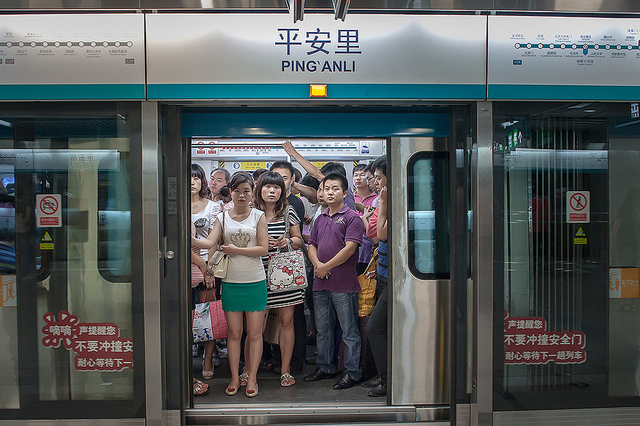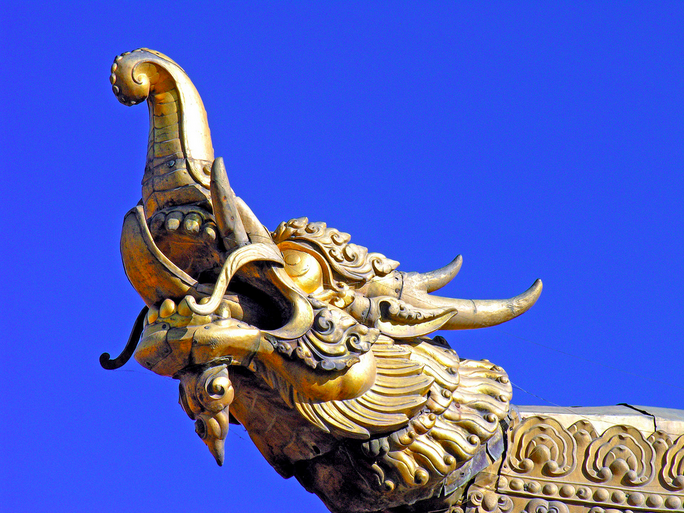Emerging Markets (EMs) continue to drive global growth, with China still accounting for the lion’s share. However, China’s increasing debt remains a significant concern for global investors. Pioneer Investments’ Economist Qinwei Wang, takes a closer look at China’s debt situation.
After reviewing the recent developments around the debt issue, Pioneer has not changed their view that China can still avoid a systematic crisis in the near term, “as the issue remains largely a domestic problem and in the state sector.”
“Looking into the composition, China’s debt issues are largely within the country, unlike typical cases in EMs. Its external balance sheet still looks relatively resilient as China continues to run current account surpluses. China has also been building up net foreign assets over the last decade, and is one of the largest net lenders in the world and domestic savings remains high enough to fund investments.”
In addition, looking at domestic markets, Pioneer believes the situation still looks manageable. In fact, the borrowers have been largely in the state sector, directly or indirectly, through various government entities or SOEs. The lenders are also mainly state-linked, with banks (state dominant) making loans, holding bonds or channelling a big part of shadow activities.
The People’s Bank of China has prepared plenty of tools to avoid a liquidity squeeze, with capital controls still relatively effective, at least with respect to short-term flows. Ultimately, the government has enough resources to bail out the banking sector or major SOEs if necessary to prevent systemic risks.
The private sector does not appear to present big concerns, at least for now. In particular, on the property side, following the major correction since 2013, the health of the sector looks to be improving, although there is still a long way to go in smaller cities. Households have been leveraging up, but their debt levels are still relatively low with saving rates remaining high.
“We are not too concerned about existing troubled debt, as there are possible solutions to clean it up while avoiding a systemic crisis, and the implementation process has already started. The more challenging issue is how to prevent the generation of new bad debt.” Says Wang.
He believes that a first step in this direction is to improve the efficiency of resource allocation. Ongoing financial reforms, including the liberalization of interest rates, bond markets, IPOs, private banking, a more flexible FX regime as well as the opening of onshore interbank markets over the last couple of years are positive attempts in his view.
Continued efforts to shift towards a more market-driven monetary policy transmission mechanism is also helping. In addition, the anti-corruption campaign has also effectively added relatively better supervision of the state sector. That said, SOE reforms have been relatively slow, with mixed signals, although we see certain positive developments, such as individual defaults allowed and a pledge to remove their public functions.
Preventing new problematic debt levels from rising again in the future will also require strengthened financial regulations. We think a large part of the new forms of finance, or so-called shadow banking activities, are the result of financial liberalization. The current segmented regulation system is unlikely to keep pace with the rapid financial innovation across sectors and products. This will be an issue to monitor going forward.
“From an investment perspective we keep our preference for China’s “new economy” sectors, which could benefit from the move towards a more service-driven economy.” Wang concludes.




